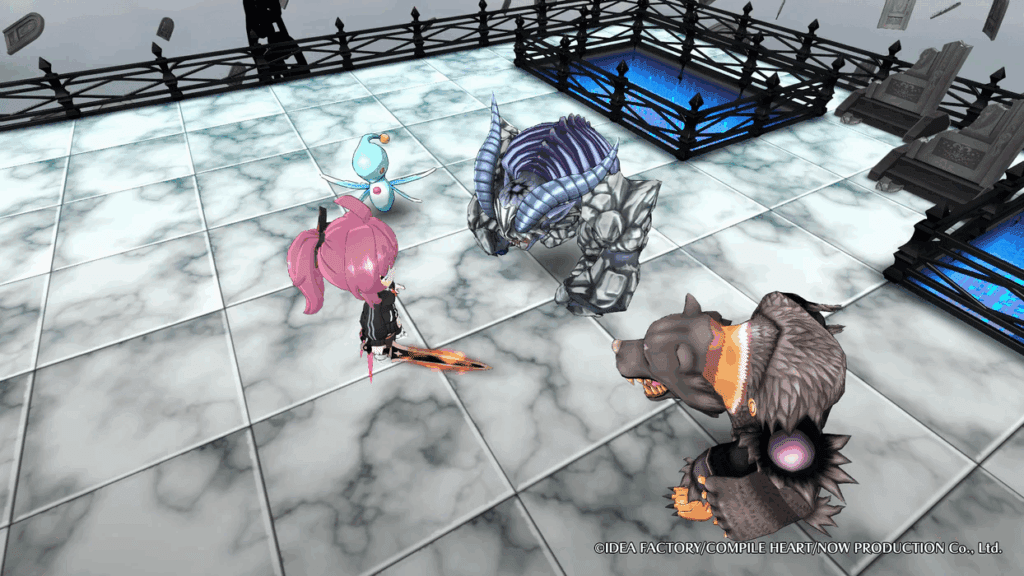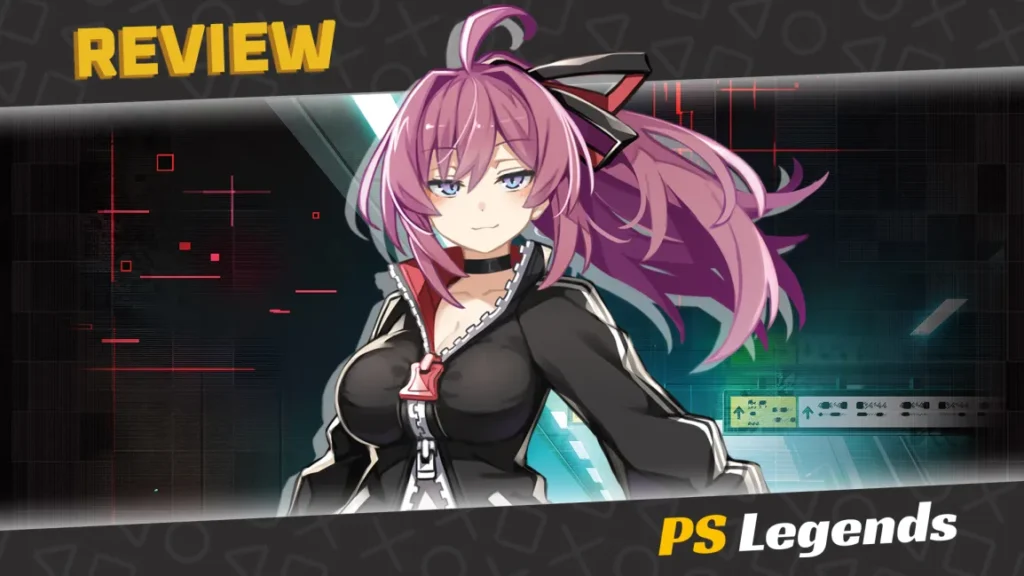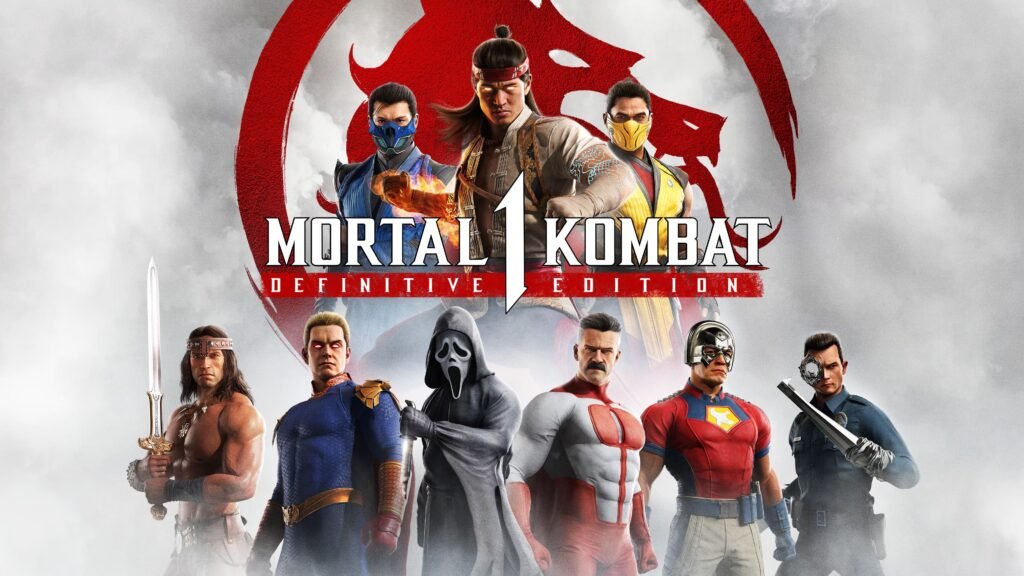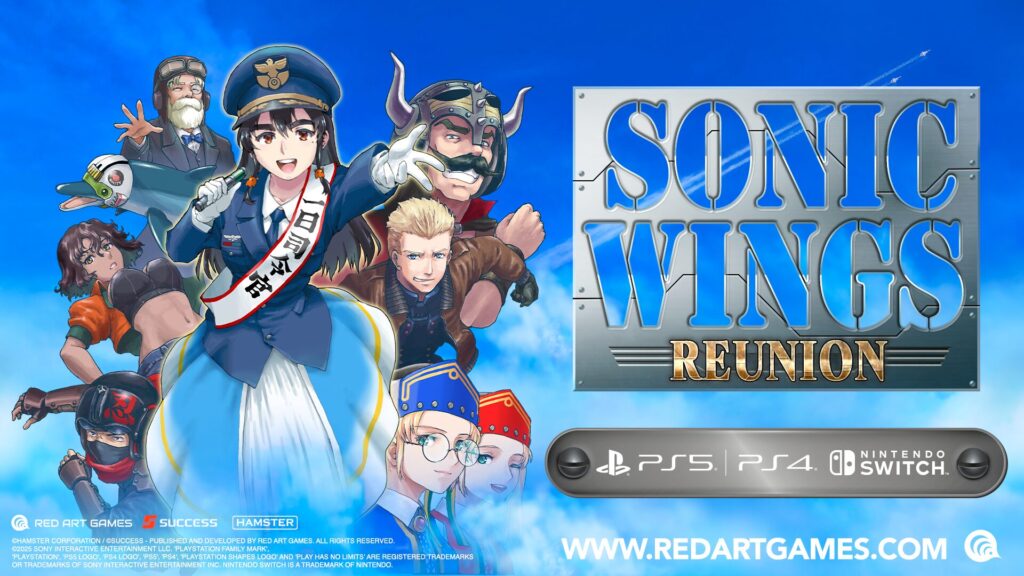Death end re;Quest is one of those series which I really want to like, but is ultimately held back by the overuse of an unpleasant gimmick. In this case, it’s an absolutely nauseating amount of gore. The sequel made no attempt to tone down all the blood, dismemberment and death, yet I felt there was a better game flow behind it. Neither game earned my praise, yet there’s always hope that a third entry could shed its unpleasant origins to become something greater.

On This Page
Introduction
Death end re;Quest: Code Z is a roguelike dungeon-crawler JRPG. It is both a sequel to and spin-off of the previous games in the series. It is the first game in the series to not feature an English voice dub, and also features significant gameplay changes. Like the previous games, Code Z was developed by Compile Heart and published by Idea Factory International. It continues the series’ tradition of strong bloody violence and instant death scenarios, similar to sister-series Mary Skelter.
The game saw a troublesome release following the unexpected cancellation of its planned Nintendo Switch release, and has now returned to its PlayStation roots. Though now available for both PlayStation 4 and PlayStation 5, the game would also experience a staggered release, beginning with the digital release on 13th May, 2025, while the physical release has a planned release on 27th June, 2025.
While each game in the Death end re;Quest series is advertised as a standalone story featuring a new protagonist each time, each game is a direct sequel to the previous, with returning characters, and integrated lore and backstories. Prior knowledge of the games’ settings and influential figures is highly recommended at this point in the narrative.

Story
Code Z is a sequel to the previous games, set a few years after the events of Death end re;Quest 2. After the violent and bloody conflict caused by the world-controlling shadow organisation Aphesis Lane and their AI constructs known as ‘Ludens’, genius designer Shina Ninomiya has regenerated as a Luden after her previous demise and has joined their ranks on friendly, collaborative terms.
Now thriving in a parallel universe known as World DE-1.5, a copy of the previous World DE-1 created by the friendly Luden Iris, Shina works to integrate the previously homicidal Ludens into human society while also working as a game creator alongside Iris, the world ‘Overseer’ Arata Mizunashi, his apprentice Mai Toyama, and their other friends.
A mysterious man resembling Arata Mizunashi has entered the fray, and he leads a group of new “Glitch Girl” Ludens who look identical to Shina’s former battle party. He can also summon monstrous “bugs” at will. Fortunately, a brand new friendly Luden, our protagonist Sayaka Hiwatari, steps up to face the threat under Shina’s guidance, but where did she come from?

Gameplay
Rather than the dungeon-based world of Death end re;Quest or the expanding open world of Death end re;Quest 2, Code Z features the procedurally-generated roguelike dungeons of the Strain Area, filled with randomly-generated monsters, traps, and more. Each step you take has consequences; when you move, your enemies will get to move as well, meaning first attacks can be quickly interrupted if the timing isn’t right.
Exploring every corner of a dungeon will reward your efforts with useful recovery items as we move down from floor to floor. However, doing so may expose Sayaka to dangerous enemies and deadly traps, potentially killing Sayaka in one of dozens of violent ‘Death Ends’. Your biggest challenge awaits at the bottom of each dungeon as Sayaka faces off against a powerful boss. If victorious, Sayaka will then have to escape the Strain Area alive, with a new ally in tow.
Combat is now restricted to a simple fixed-camera dungeon crawl with a single slashing attack as Sayaka faces off against individual enemies. Between trips to the Strain Area, Sayaka can interact with friends and acquaintances around town. At the Night Owl Café, Sayaka can enhance her weapons and purchase additional items. The game continues the series’ tradition of visual novel-style cutscenes using larger 2D sprites during story sections.

Graphics/Sound
Visually, the game fuses together the 2D visual novel character sprites of the previous games but removes the 3D exploration and party-based combat. The 2D sprites look great as always and are now more animated than ever. Unfortunately, the game’s gameplay shift removes the previously flashy combat and replaces it with a very simple fixed-camera dungeon crawler style reminiscent of low-budget mobile gaming JRPGs.
Colourful costumes, quirky attacks, and the last game’s beautiful environments have been replaced by ‘chibi’ style models to reduce their size and presence on the battlefields, single slashing attacks which lack impact and flow, and environments composed of only a handful of constantly recycled panels and assets. It’s a massive step back after the graphical improvements featured in the previous game.
Unfortunately, the English version of Code Z only includes Japanese voice acting. This makes it the first game in the Death end re;Quest series to not have an English dub, and this drastically alters our experience. Idea Factory/Compile Heart games are generally praised for their outstanding English dubs, including the Death end re;Quest series, yet this isn’t the case here, leaving us with a game that feels rather unfinished as a result.

Conclusion
While it’s certainly true that Death end re;Quest desperately needed to make some changes to stay relevant, and more importantly, enjoyable, Code Z decides to actually remove some of the games’ better components, such as the English dub and fun combat, replacing them with unimpressive, cost-cutting ideas. The previous game was still far from perfect, but it did at least take some small steps forward, yet this time we’re punished with major steps back.
The unpleasant amount of gratuitous gore still remains, yet we’re now stuck with visuals and gameplay that wouldn’t look out of place on mobile devices. We’ve also lost that top-notch voice work which was always a treat as we listen to the talent and try to work out which Compile Heart favourites made their way over from the Neptunia series. I’m all for protecting one’s budget, but the cost-cutting in play here is total overkill, especially for a full-priced game.
I’m sure many will be happy to see the game get a release at all after the cancellation of the original Switch version and change of platform, yet the series and the surrounding Compile Heart JRPG genre have previously set a respectable standard, a standard that is missed entirely here. Can we salvage anything from the wreckage? Well, the characters are fun and the story ties up a lot of loose ends; I guess that’s something, right?
Joys
- Interesting new chapter of the ongoing story
- Hot, new protagonist, Sayaka
- Decent 2D cutscene artwork
Cons
- Major in-game graphical downgrade
- Very basic, oversimplified new gameplay
- English dub cut out entirely



